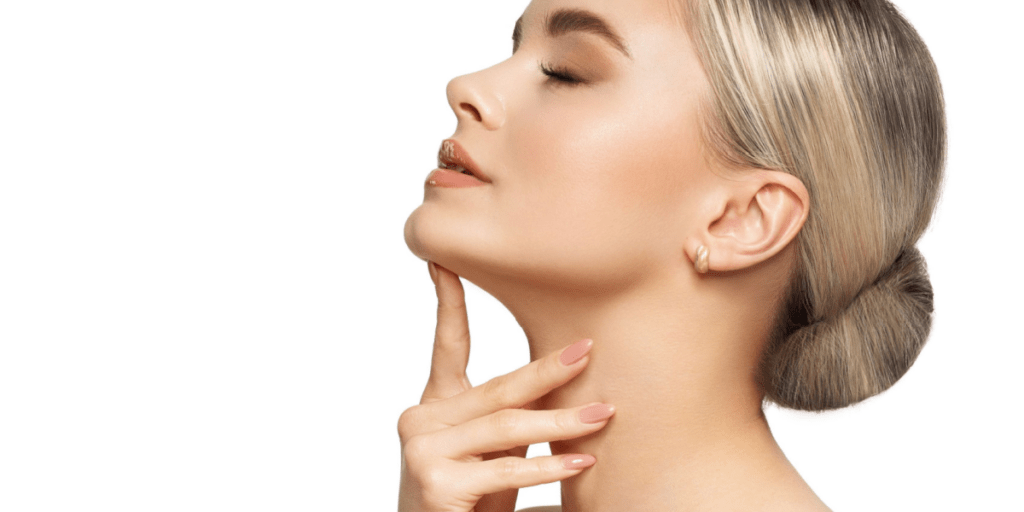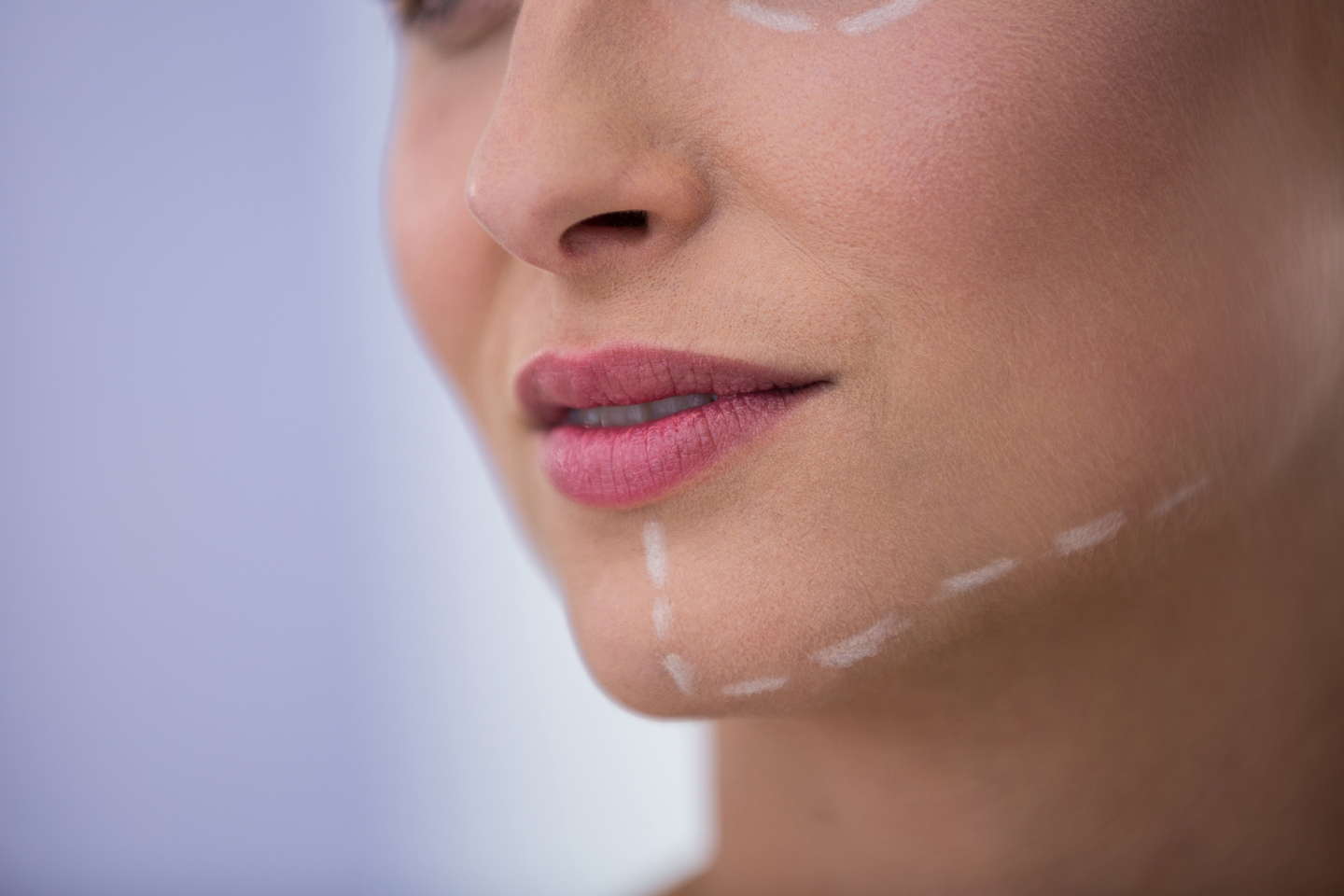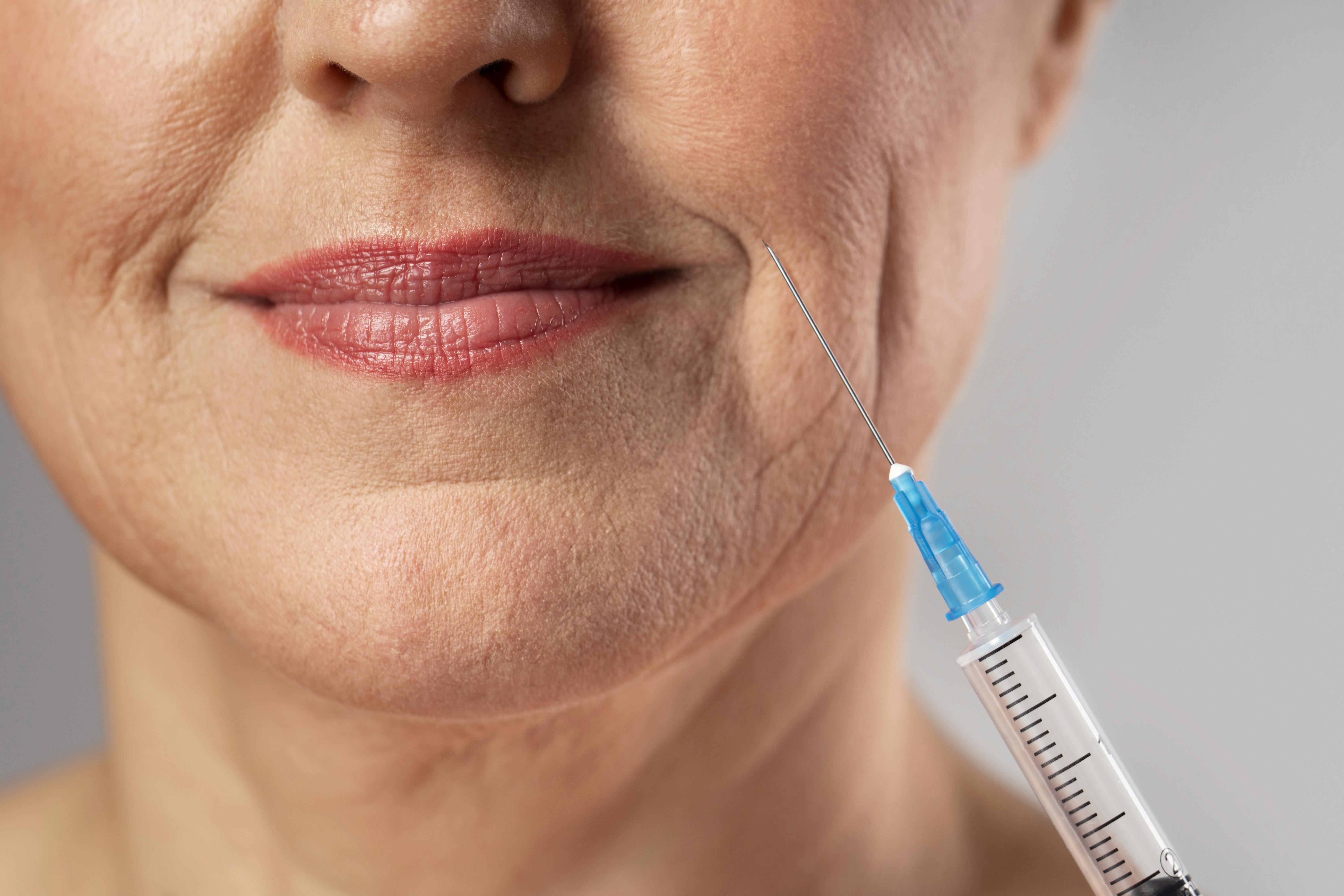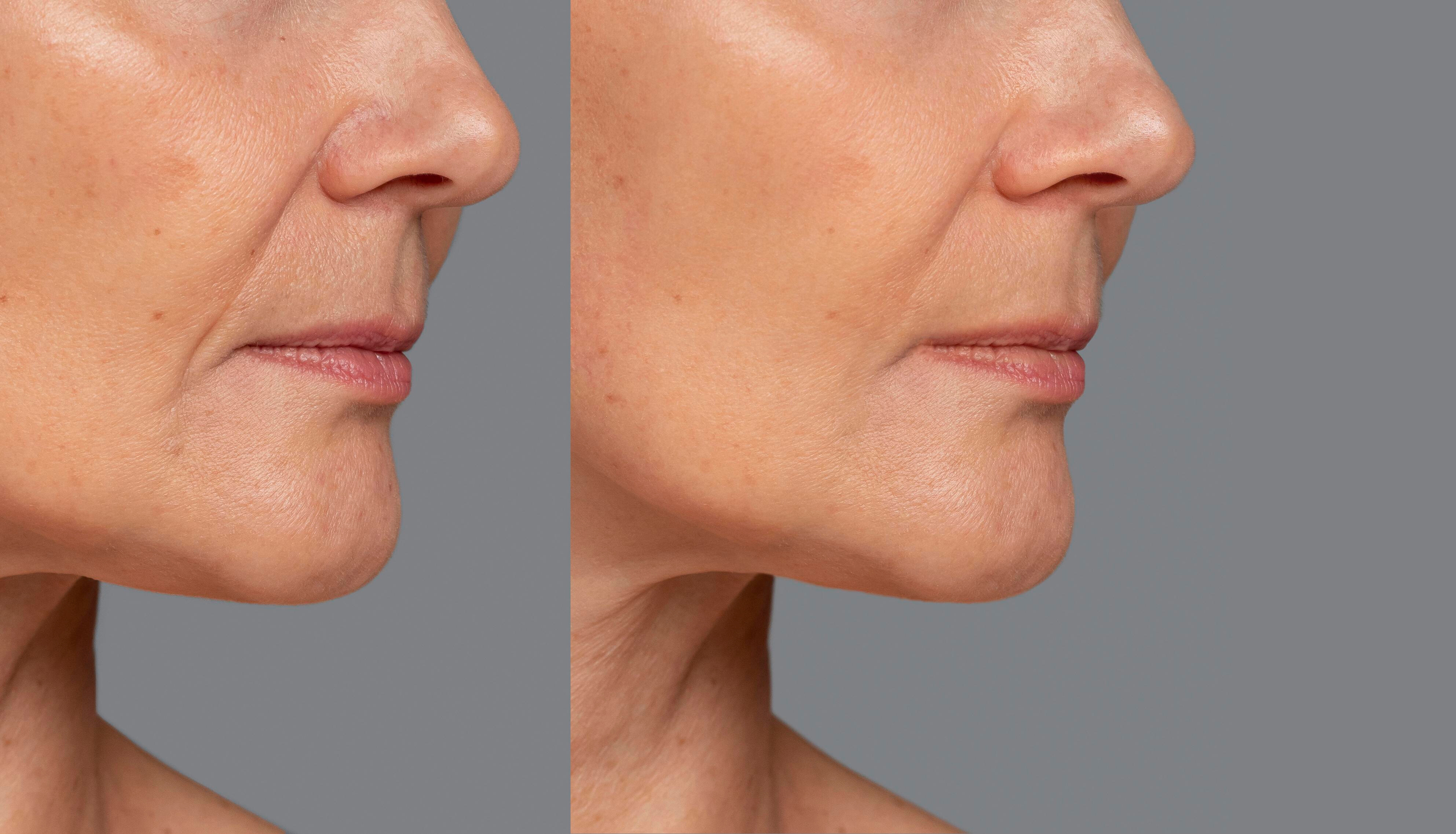Login Form
Registration
Profile Informations
Login Datas
or login
Fillers for Jowls: A Non-Surgical Solution to Lift and Define Your Jawline
Fillers for Jowls: A Non-Surgical Solution to Lift and Define Your Jawline
The natural aging process affects facial contours in predictable ways, with jowl formation being among the most concerning changes for many individuals. These areas of sagging skin along the jawline create an aged appearance that can significantly impact self-confidence. Traditional surgical interventions like facelifts have long been the standard treatment, but they come with substantial costs, recovery time, and potential complications.
Modern aesthetic medicine now offers fillers for jowls as a compelling alternative. This non-surgical approach addresses the underlying structural changes that contribute to jowl formation without requiring extensive downtime or surgical intervention. The treatment has gained popularity due to its ability to provide noticeable improvement with minimal disruption to daily activities.

Understanding Jowl Formation
Jowl development represents a complex interplay of multiple aging factors rather than simple skin sagging. The process involves structural changes throughout the facial framework that accumulate over time.
Primary Causes of Jowl Development
The formation of jowls stems from several interconnected processes:
-
1. Collagen and elastin depletion reduces skin firmness and elasticity
-
2. Bone remodeling decreases jawline structural support
-
3. Fat pad redistribution causes volume loss in key support areas
-
4. Gravitational effects pull loosened tissues downward
Bone loss particularly affects the mandible and maxilla, creating a less defined foundation for overlying soft tissues. This structural weakening allows gravity to exert greater influence on facial contours. Simultaneously, the fat pads that once provided midface support begin to descend, contributing to the characteristic sagging appearance.
Impact on Facial Aesthetics
Jowl formation affects more than just the lower face outline. The condition often coincides with the development of marionette lines - deep creases extending from the mouth corners toward the chin. These changes collectively create an aged, tired appearance that many find distressing.
The psychological impact of jowl development can be significant. Many individuals report feeling that their appearance no longer reflects their inner vitality or energy level. This disconnect between self-perception and mirror reflection drives many to seek corrective treatments.
How Dermal Fillers Address Jowl Concerns
Dermal fillers for jowls work through volume restoration and structural support rather than simply masking the problem. The treatment philosophy centers on rebuilding the facial framework that time has diminished.
Mechanism of Action
Modern filler treatments operate on several levels to improve jowl appearance. Hyaluronic acid-based products immediately restore lost volume while attracting moisture to improve skin texture. The mechanical support provided by the filler material helps lift sagging tissues and redefine facial contours.
Certain advanced formulations stimulate natural collagen production through controlled tissue response. This biostimulatory effect provides continuing improvement beyond the initial volume replacement. The combination of immediate structural support and gradual tissue enhancement creates lasting results.
Strategic Treatment Philosophy
Effective jowl correction requires comprehensive facial assessment rather than isolated problem-solving. Experienced practitioners recognize that addressing supporting structures often produces superior results compared to direct jowl treatment alone.
The approach typically involves multiple injection sites selected based on individual facial anatomy. This multi-point strategy helps restore the natural support network that maintains youthful facial contours. The result appears more natural and balanced than treatments focused solely on the problem area.
Treatment Areas and Techniques

Jawline Enhancement Protocol
Direct jawline treatment represents the most obvious approach to jowl correction. Practitioners inject dermal fillers for sagging jowls along the mandibular border and near the ear to restore structural definition.
Key injection points include:
-
1. Mandibular angle for posterior support
-
2. Jawline body for contour definition
-
3. Pre-jowl sulcus for volume restoration
-
4. Gonial angle for lifting effect
The treatment adds volume precisely where bone loss and soft tissue descent have created structural weakness. This targeted approach helps recreate the sharp jawline definition characteristic of youth while providing mechanical support for overlying skin.
Midface Support Strategy
Cheek augmentation offers an indirect but highly effective method for improving jowl appearance. When midface volume is restored, it creates a natural lifting effect that reduces the prominence of lower face sagging.
Strategic cheek enhancement addresses one of the primary causes of jowl formation - the loss of midface support structure. As facial fat pads descend with age, they leave behind hollow areas that no longer provide adequate tissue support. Filling these areas helps restore the natural facial architecture.
The lifting effect from properly placed cheek fillers can significantly improve not only jowl appearance but also nasolabial folds and overall facial balance. This comprehensive improvement often produces more natural-looking results than isolated jawline treatment.
Chin Augmentation Benefits
Chin enhancement plays a crucial role in comprehensive jowl treatment by improving facial proportions and creating additional lifting effects. A weak chin can make jowls appear more prominent, while a well-defined chin helps balance the lower face.
Treatment benefits include:
-
1. Enhanced facial proportion and balance
-
2. Improved jawline definition through extension
-
3. Reduced jowl prominence through lifting action
-
4. Better integration with neck contours
The pre-jowl sulcus, located between the chin and jowl area, often requires specific attention during treatment. Filling this depression helps smooth the transition between facial areas and reduces the stepped appearance that characterizes jowl formation.
Filler Selection and Properties
Hyaluronic Acid Formulations
Most practitioners prefer hyaluronic acid fillers for jowl treatment due to their safety profile and predictable results. These products integrate well with natural tissues while providing immediate volume restoration.
Premium formulations like Juvéderm Voluma and Restylane Lyft offer excellent structural support with duration typically ranging from 12 to 18 months. Their cohesive properties allow for precise placement and natural-looking results when properly injected.
Juvéderm Volux deserves particular consideration for jawline applications. This specialized formulation provides superior structural integrity and cohesiveness, making it ideal for creating defined contours and supporting sagging tissues.
Biostimulation Options
Longer-lasting alternatives include biostimulatory fillers for jowls that work by encouraging natural collagen production. Sculptra and Radiesse represent the primary options in this category, each offering unique advantages for jowl treatment.
Sculptra utilizes poly-L-lactic acid to stimulate gradual collagen formation over several months. Results develop slowly but can last up to two years, making it cost-effective for patients seeking long-term improvement. The treatment requires patience as full effects become apparent gradually.
Radiesse combines immediate volume restoration with collagen stimulation through its calcium hydroxylapatite composition. This dual action provides both instant improvement and continuing enhancement as new collagen forms around the microspheres.
Treatment Process and Timeline

Initial Consultation and Planning
Successful jowl treatment begins with a comprehensive facial assessment and realistic goal-setting. Practitioners must evaluate the bone structure, soft tissue distribution, and skin quality to develop appropriate treatment plans.
The consultation should address patient expectations, medical history, and desired outcomes. High-quality providers will explain the limitations of non-surgical treatment and may recommend alternative approaches for severe cases.
Photography and detailed anatomical marking help ensure consistent results and provide documentation for follow-up treatments. Many practitioners use imaging software to help patients visualize potential outcomes.
Treatment Session Protocol
Most jowl treatments require 30 to 60 minutes, depending on the areas addressed and the products used. Local anesthesia or numbing cream helps minimize discomfort during injection.
Typical session components include:
-
1. Area preparation and marking
-
2. Anesthetic application, if needed
-
3. Strategic filler placement
-
4. Massage and contouring
-
5. Post-treatment assessment
Practitioners often recommend avoiding strenuous activity for 24 to 48 hours following treatment to minimize swelling and optimize results. Ice application can help reduce initial inflammation.
Recovery and Results Timeline
Hyaluronic acid fillers for jowls provide immediate volume restoration with optimal results visible within one to two weeks as initial swelling resolves. Most patients can return to normal activities immediately following treatment.
Biostimulatory fillers require more patience as results develop gradually over three to six months. Initial volume from the product itself provides some immediate improvement, but the primary benefits come from increased collagen production.
Minor side effects like swelling, bruising, or tenderness typically resolve within a few days. Serious complications are rare when treatment is performed by qualified practitioners using appropriate techniques.

Realistic Expectations and Limitations
Suitable Candidates
Fillers for sagging jowls work best for individuals with mild to moderate tissue laxity and adequate skin quality. Those with severe sagging or significant excess skin may require surgical intervention for optimal results.
Ideal candidates typically have:
-
1. Good overall health status
-
2. Realistic treatment expectations
-
3. Adequate bone structure for support
-
4. Minimal skin laxity
Age alone does not determine candidacy, as facial aging varies significantly between individuals. Some people in their 40s may have more advanced changes than others in their 60s.
Treatment Limitations
While filler treatments can provide significant improvement, they cannot replicate the dramatic results possible with surgical procedures. The treatment works by restoring volume and providing support rather than removing excess tissue.
Patients with very loose skin or advanced jowl formation may see limited improvement from filler treatment alone. In such cases, practitioners may recommend combining treatments or considering surgical alternatives.
The results, while impressive, remain temporary and require ongoing maintenance to preserve the improved appearance. This represents a long-term commitment that patients should understand before beginning treatment.
Cost Considerations and Value Assessment
Investment Analysis
The cost of fillers for jowls varies based on geographic location, practitioner experience, and treatment scope. While the initial expense may seem substantial, many patients find the investment reasonable when compared to surgical alternatives.
Factors affecting total cost include:
-
1. Number of treatment sessions required
-
2. Types and amounts of products used
-
3. Geographic location and provider fees
-
4. Maintenance treatment frequency
Spreading treatments over time can make the financial commitment more manageable while allowing for gradual improvement that appears natural to observers.
Long-term Value
When evaluating treatment value, consider both financial and personal benefits. Many patients report improved confidence and satisfaction that extends well beyond the monetary investment.
The ability to achieve significant improvement without surgical risks, extended recovery time, or major lifestyle disruption adds considerable value for many individuals. The flexibility to adjust or discontinue treatment provides additional peace of mind.
In Conclusion
Fillers for jowls represent a sophisticated approach to facial rejuvenation that addresses the underlying structural changes responsible for lower face aging. Through strategic volume restoration and tissue support, these treatments can significantly improve jawline definition and reduce the appearance of sagging.
Success depends on selecting the proper candidates, developing comprehensive treatment plans, and setting realistic expectations. When performed by experienced practitioners using appropriate techniques and products, dermal fillers for jowls can provide a natural-looking improvement with minimal downtime and an acceptable risk profile.
The continued evolution of filler technology and injection techniques promises even better outcomes for individuals seeking non-surgical solutions to jowl concerns. This treatment option will likely continue growing in popularity as techniques are refined and patient education improves.


